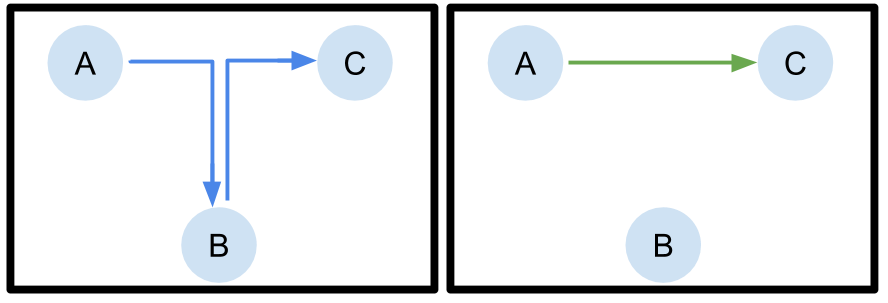
What did we learn from 5 years of robotic deep RL? My colleagues at Google and I tried to distill our experience into a review-style journal paper, covering some of the practical aspects of real-world robotic deep RL:
arxiv.org/abs/2102.02915
🧵->
arxiv.org/abs/2102.02915
🧵->

This is somewhat different from the usual survey/technical paper: we are not so much trying to provide the technical foundations of robotic deep RL, but rather describe the practical lessons -- the stuff one doesn't usually put in papers.
It's also a little bit out of date at this point (it's a journal paper, which took nearly a year to clear review, despite having very few revisions... but that's life I suppose). But we hope it will be pretty valuable to the community.
It is important in robotic RL to think about not just the math in the algorithms, but the practicalities of getting learning systems to work in the real world: ops (can the robot keep training for a long time), safety, resets, scalability, etc.
This project was led first and foremost by @julianibarz, with a wonderful group of colleagues who contributed portions of the paper: Jie Tan, @chelseabfinn, Mrinal Kalakrishnan, Peter Pastor.
• • •
Missing some Tweet in this thread? You can try to
force a refresh











